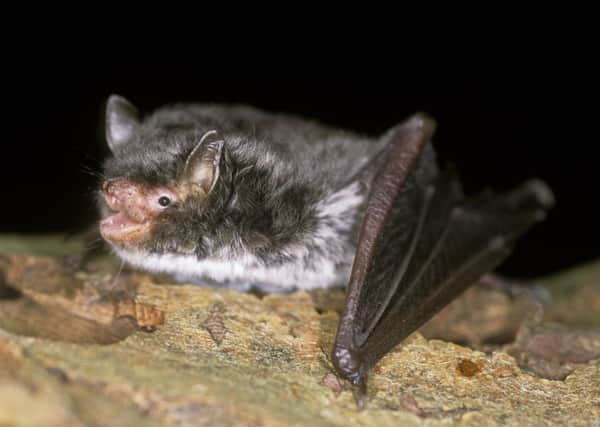Country & Coast: Gnat snatchers have history at valley's vital river crossing


More recently, the demolition of the old Bradford & Bingley Building Society headquarters in the town had to be delayed for months because of, you’ve guessed it, roosting bats. And the headline? “Let Sleeping Bats Lie.”
So Bingley seemed a good place to go bat-watching on a mild June evening, especially for the Daubenton’s bats - also known as water bats - which caused such havoc at Ireland Bridge.
Advertisement
Hide AdAdvertisement
Hide AdFor almost 350 years the crossing has been the only convenient means of reaching the Aire Valley for the residents of numerous villages on the south-west side Bradford. And it was where a maternity roost of 300 Daubenton’s bats delayed and then spun out the major repair work back in 2009.


The obvious spot to watch for them was on the bridge itself. They hunt for insects over water and there is a good view of the river. However, they do not like fast currents and after recent heavy rain the Aire looked decidedly angry.
A more promising viewpoint was an area of slow-moving water created by a weir on the west side, but after a couple of minutes I decided the bridge was too dangerous because of the near-constant stream of traffic, so I relocated less than a mile away to the grounds of the St. Ives Estate.
According to Bradford’s Parks and Landscape Service, the estate is home to at least five of the 17 species of bats found in the UK, and one of them is Daubenton’s. It is found at a lovely man-made lake known as Coppice Pond, and within a few minutes of my arrival there was still enough light for me to see one skimming very close to the surface in search of gnats and other insects. Its steady movement across the pond made it look like a small hovercraft.
Advertisement
Hide AdAdvertisement
Hide AdDaubenton’s are a medium-sized bat and well adapted for feeding this low down. They have very large feet which they use as gaffs to snatch prey directly from the surface of the water. Their style of hawking has been compared with the way swallows sweep across water to catch insects.


Other Daubenton’s soon joined in, always ending their flight across the pond by spiralling steeply up into the dusk before flitting down to begin another long, straight course over the surface of the water.
The best places to see these bats is ponds, canals and the more sluggish Yorkshire rivers. Special measures to protect their nurseries, like the closure of Ireland Bridge, are necessary because since 1999 there has been no population increase found in annual surveys by the Bat Conservation Trust.
Cautious estimates put their numbers at 95,000 in England but the Trust says this figure is based largely on opinion.